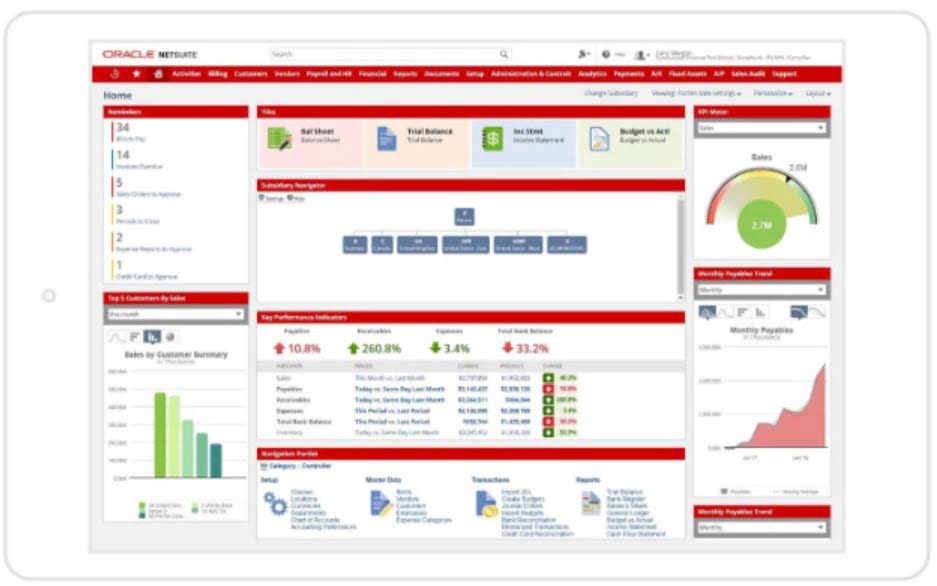
Additionally, clients can see the progress made on the project and have greater visibility into the work with progress billing. Time and material billing involves billing the client for the actual labor and materials used, plus a markup construction billing methods for the contractor’s profit. This method offers more flexibility than fixed-price billing, as it allows for changes in the project scope. However, estimating the total project cost can be challenging, and clients may feel uncertain about the final bill. Understanding the construction billing process and how to manage it effectively ensures you get paid in full and on time. Let’s break down the steps involved in successful construction project billing.
Time and Materials (T&M) Contracts
This cap ensures that any cost savings below the agreed maximum benefit the client rather than the contractor. This is a departure from the traditional lump sum billing, in which the contractor would retain these savings. assets = liabilities + equity GMP is a compromise between lump sum and time and materials billing, providing some predictability while offering cost control. Lump-sum billing, or fixed-price billing, is a method where the contractor and the client agree on a total price for a project before any work starts. In this arrangement, the contractor charges the client a predetermined amount, typically invoiced at regular intervals like monthly or at specific project milestones.

Comparing 5 common construction billing methods

The template also provides space for you to detail any extra work for accurate, up-to-date invoicing. In summary, AIA-style progress billing offers a systematic and professional way to manage construction project finances, ensuring that payments are aligned with completed work. Time and Materials (T&M) billing is a payment Law Firm Accounts Receivable Management model in which clients are invoiced based on the labor hours worked and the cost of materials used in a project.

What makes an effective billing method?
For example, if materials and labor costs start to increase, contractors can bill the client for these increases instead of absorbing the extra costs. Not all cost-plus contracts allow this, so be sure to negotiate this stipulation before signing anything. But if you don’t submit your pay apps on time, you run the risk of missing the entire payment cycle. So mark the due dates for every pay app and make sure all your supporting documentation is in order. Advanced billing is mainly for fixed-price contracts, but it can work for a pre-defined number of units of a unit price contract.

For this reason, you’ll have to justify and prove that an expense qualifies for reimbursement. From here, you can apply markup and submit your proposal with a locked in price for the client. If you need a streamlined billing workflow that’ll get you paid three weeks faster, book a demo of Siteline here.
- Just last year, only 8% of contractors said that their customers consistently paid them on time.
- And then, we’ll go over my seven favorite tools to help you send invoices and manage other administrative parts of your business.
- More complicated than billing before the project begins or after a project ends, progress billing invoices are created based on the percentage of completion of work to-date.
- Changes in schedules and timelines will also come with a changing scope of work.
- It can also be combined with other billing methods, such as T&M billing for additional materials.
- An ongoing assessment of your billing methods helps to identify areas for improvement, ensuring your practices remain efficient and client-focused.
